Martin Petrosyan (born in 1936) is a master who has an extremely original decorative-coloring and at the same time graphic-linear thinking. His portraits and landscapes are thematic compositions comprising daily, historical-legendary, fairy-mythological motives which are executed on a cardboard or on a canvas in the technique of oil painting and are distinguished with a vague and dim light, deep and transparent tones and a simplified and stylized drawing. The artistic characters and eventheworks depicting specific people created by Martin Petrosyan are considerably impersonalized and transformed,nearlylost their outwardly likeness, removed from a real visual impressionand psychologically uncharacterized mystical visions.Many of Petrosyan’s works are in essenceimages deliberately removed from external reality, alienated from thelife of stagnating and aligned, ideologically and morally impoverished society,they arecompletely enclosed in the parallel artistic reality, in theirown inner world. They are nothing but evidences of nonconformity, expressed inartistically specific,metaphorical and conditional language.
Petrosyan masters freely his rich palette. The painter’s canvasesare distinguished with the profound characterization and the extraordinary imagination. The landscape in the master’s painting is especially interesting because it serves very often as a background for the thematic paintings. In his landscapes the harmony of monumentality and lyrics is sensible, a feature that is very typical for Armenian nature. Beautiful trees stylized with sense of measure, stately mountains, brooks with fairy fishes create the impression of a magical world.Martin Petrosyan is truly Armenian painter. His works are a result of naturalaptitude, rich imaginationand artistic sensibility, they concernmany foremost painters’ art, at the core retaining simultaneously quitenational.
There is a noticeable relation with the eastern medieval miniature painting schools in Petrosyan’s art in the terms of composition,for example, with the schools of Vaspurakan, Greater Armenia, Tatev. Petrosyan structures the composition not to the depth, but parallel to the depth with several plans and his wavelike rhythm resembles the miniature painting as well. In his canvases, for instance,in“The ceremony” we see primitive forms and even characters which recall in memory the ancient Armenian reliefs.
Dramatism is apparently the most typical feature of Martin Petrosyan’s art. The tension, depth, moderation convey to his painting some specific earnestness.These features are explained mainly by the nature of our wildlife whichhas been less explored from this point of view in modernart. The works like “Our family”, “Kiss”, “My fairy-tale”,“Girls in the mountains” are made in the severe hues which transmit to the canvases an emphasized virility. The black, green, blue and white colors are dominating. In paintings of Petrosyan the color gains a special richnessand a solid materiality. Despite of the application of not bright colors, the colors are harmonized and in any case the palette is rich.
Martin Petrosyan’s drawing is extremely expressive and abundant of national features. The musical lines sometimes sag delicately like an osierand seem like singing a melancholic song or sometimes with a sharp, dynamic motion they outline our mighty, impregnable mountains. The illustrations made by Petrosyan on the fairy-tale “Grandfather and a rutabaga” are worth of a special attention. The painter has moved easily the actions of Russian popular fairy-tale to the land of mountains and has transmitted to it a new national sounding. The national character of these illustrations is not definitely depleted only in the fact that the old man and his old wife are in Armenian traditional garments (taraz), but it is expressed also in the means of expression, in its spirit, in the elements of stylizationwhich reveals the bright originality ofevery nation. The same landscape motif is performed in the whole small book, however the painter is nowhere repeated. Petrosyan has been able to convey a sense of a fairy-tale, and the reader looking through the pages is replaced to uncommon, but not imaginary world. It is veritable and not plausible. Martin Petrosyan has also illustrated the fairy-tales “Garnik Akhper” and “The incredible minstrel (ashugh)” by Hovhaness Tumanyan. The graphic works of Petrosyan are not restricted by the notion of “decoration”. They are a lot more independent works, created not just on the motives of literary sources, but having an independent artistic value,they arein many cases equal to the literary works as well.Petrosyan has decorated also the epos “David of Sasun” where the painter hascreated a broad comparative image of epos. Petrosyan’s interpretation of “David of Sasun” is more lyric, poetic and reveals the purity of theepic.
It is also worth mentioning the illustrations of the parables of VardanAygekci where the unique imagination of the painter is expressed. Petrosyan’s attitude towards the objectbeing depictedand the measure of participation are so active that the viewer appears unwittingly in some unfamiliar, fantastic world, however at the same time so real and persuasive that one could believe in it existence and plausibility. Some people with the conservative views may consider the art of Martin Petrosyan unreal, however Martin Petrosyan is one of the unique artists who does not confine his imagination and iswhollyabsorbed with it.The exceptional talent is united with his boundless imagination. Thus it could be said that Martin Petrosyan istotallyoverflown with his art.
Translated from Armenian.
Bibliography
ԱղասյանԱ.,Հայկերպարվեստիզարգացմանուղիները 19-20-րդդարերում, Ե., 2009
ԻգիթյանՀ.,ՀովնաթանյանիցՄինաս. Ե,. 2011





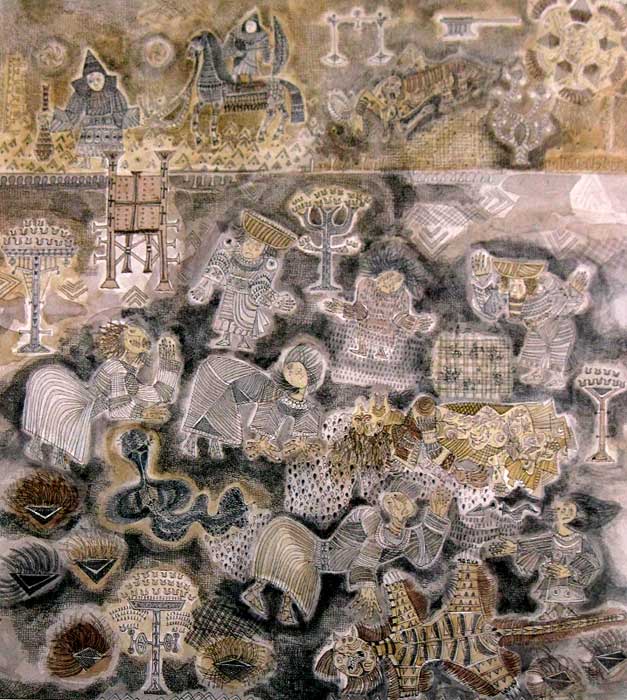

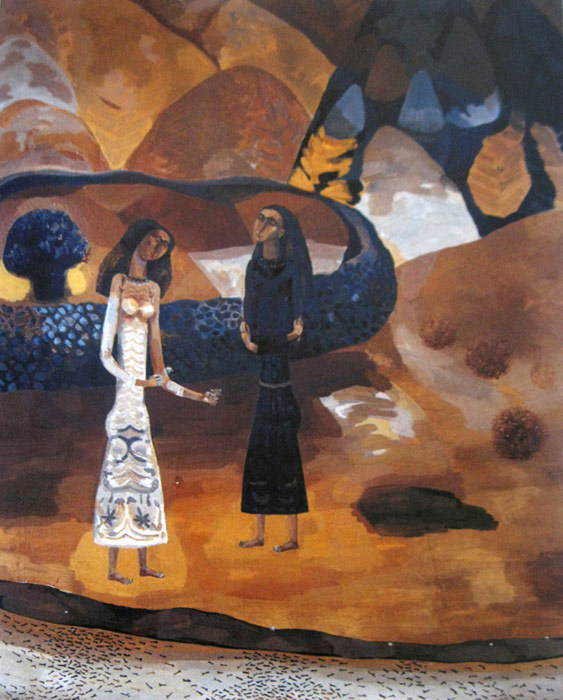

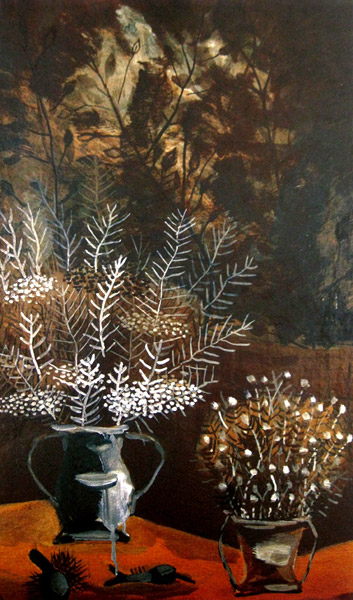

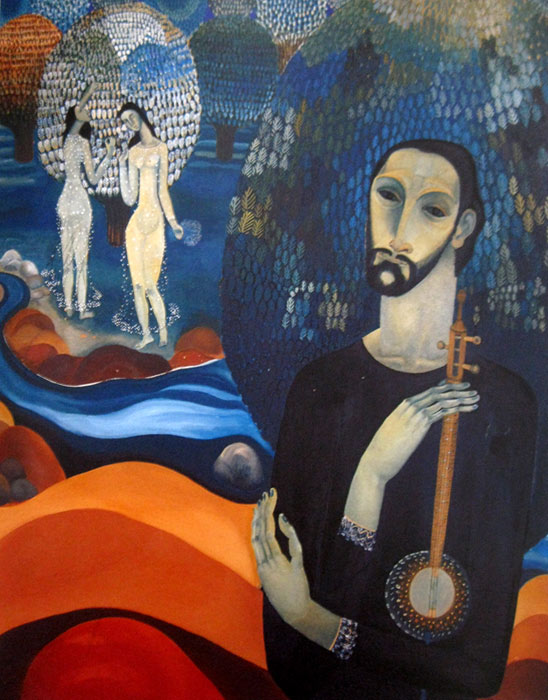

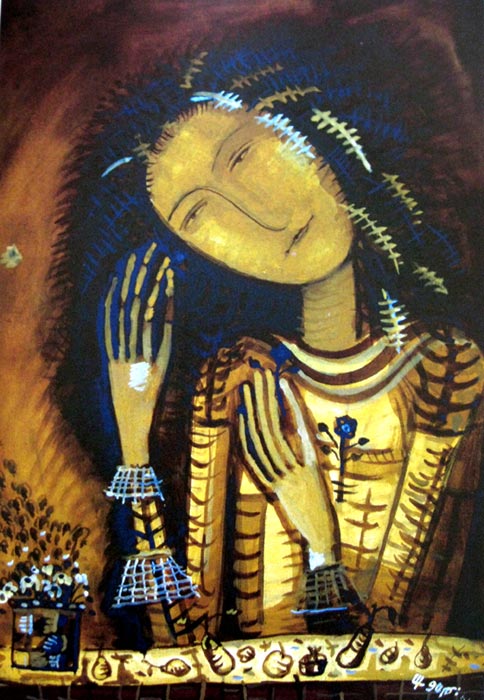
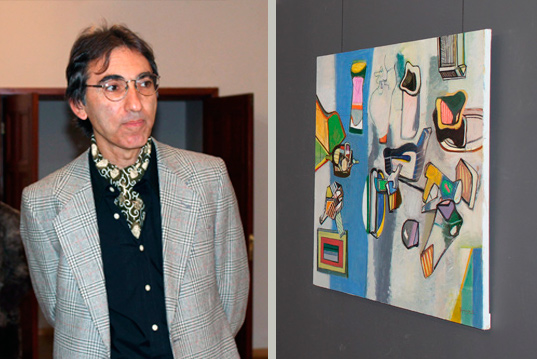
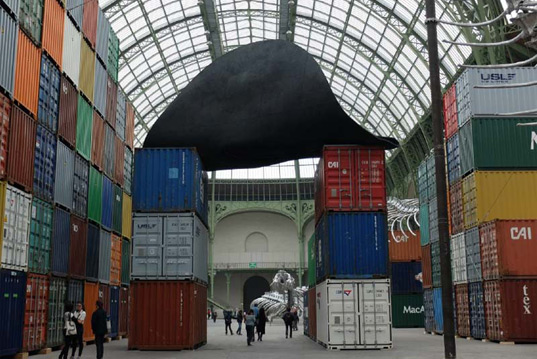
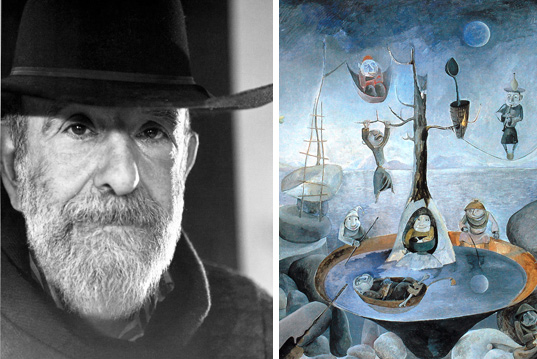
Leave a Reply